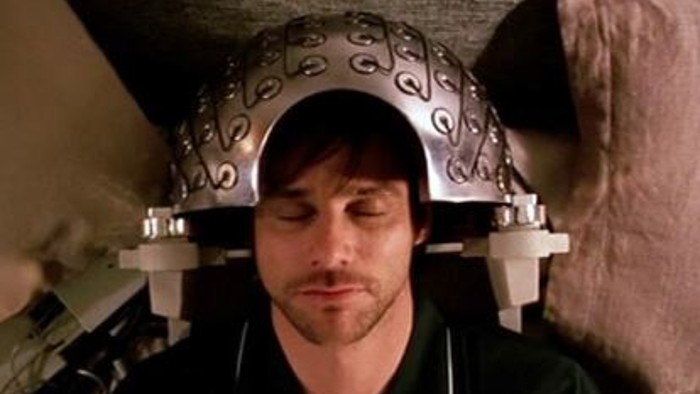Scientists Have Found A Way To Measure Depression
Scientists have found a way to use deep brain stimulation to identify depression, measure the areas of the brain it is impacting, and even fix the condition using neuroscience techniques.
This article is more than 2 years old

A new report from the MIT Technology Review offers fascinating insight into how doctors can treat depression using a leap forward in neuroscience that has established a mood decoder. Using electrodes implanted into the human brain, researchers have been able to figure out the connection between brain activity and mood. Dr. Sameer Sheth, the lead researcher based out of Baylor College of Medicine in Houston, claims “This is the first demonstration of successful and consistent mood decoding of humans in these brain regions,” allowing doctors to determine how severe an individual’s depression is, and how best to treat it.
Researchers have been using deep brain stimulation (DBS) to treat Parkinson’s for years, but the use of the practice in correcting depression is finally becoming reality after being a neuroscience theory for generations. In the early aughts, researchers attempted to use DBS to treat depression, but the results were disappointing, resulting in the study being declared inconclusive. By taking a neuroscience technique used to administer brain surgery, Dr. Sheth’s team implants electrodes throughout the patient’s brain, exploring multiple regions at once, as depression is never limited to just one brain region.
Dr. Riva Posse, one of the researchers on the project, says “This is going to advance, considerably, the understanding of depression and help come up with … neurostimulation approaches.”
The researchers implanted four electrodes into the brain of a test subject, attaching a battery to the patient’s chest that would periodically send a pulse of electricity through the electrodes. One patient, John, reported that his depression cleared up for a period of six months, proving the validity of the neuroscience theory. Implanting electrodes is obviously invasive, and expensive, but the data from the experiment can be used to create generalized “maps” of brain activity, more easily allowing other doctors to treat patients using less invasive DBS techniques.
With only three patients so far, Dr. Sheth’s team already found commonalities in the subject’s brain regions. Using the “mood decoder” of base electrical activity, the scientists could determine the mood of the individual patients without resorting to asking subjective questions. Currently, depression is diagnosed through an interview process, which can be a flawed approach, making a sound objective method of diagnosis a huge step forward for neuroscience.

The ultimate goal, according to Dr. Sheth, is to collect brain activity information noninvasively, ideally from a device that sits on the patient’s head. Currently, brain scans are not precise enough to determine electrical activity on an individual level, which could lead to depression going unnoticed in one, or being overtreated in another, highlighting a current problem with neuroscience. Accounting for the nearly infinite number of differences in the human brain is difficult in even the best of conditions, never mind in subjects dealing with treatment-resistant chronic depression.
Millions of people suffer from depression and millions more go undiagnosed, making DBS techniques to improve diagnosis and correcting the condition almost a Holy Grail of neuroscience. With a successful small-scale study presented at the recent neurology conference in San Diego this past November, Dr. Riva Posse, a member of the research team, says “This is going to advance, considerably, the understanding of depression and help come up with … neurostimulation approaches.” DBS might not work for everyone suffering from chronic depression, but the results of the study are promising and provide hope for everyone that is always told, “just try and be happy.”










